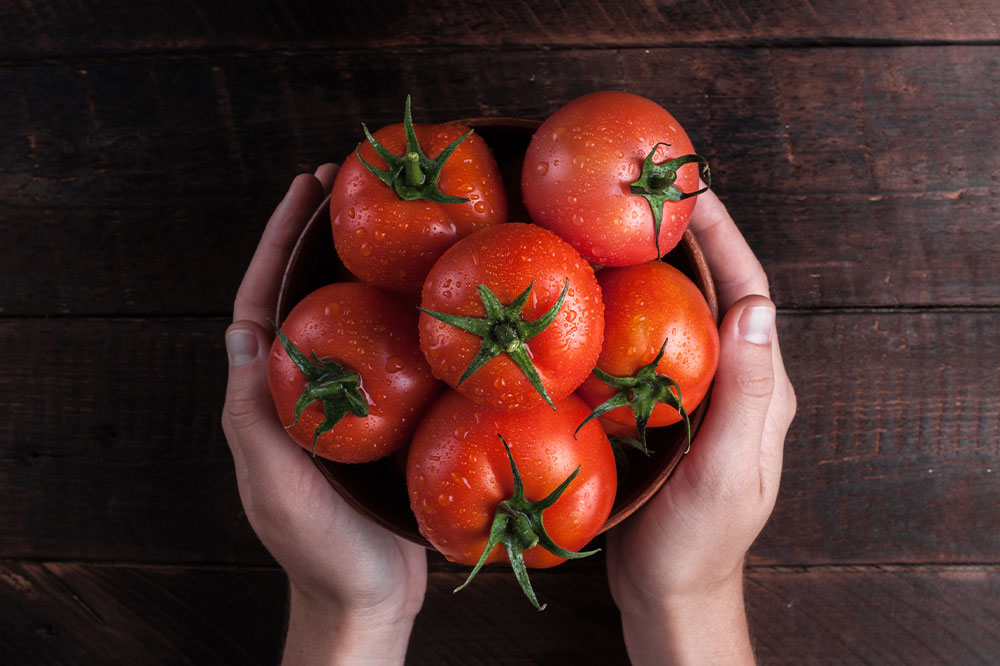5 foods that help lower the risk of endometrial cancer

Endometrial cancer, also called endometrial carcinoma, begins in the endometrium, the inner lining of the uterus. It’s the most common gynecological cancer in the country. Most endometrial cancers are adenocarcinomas, which means they occur in the cells of the glands in the endometrium. Research indicates that eating certain foods helps prevent endometrial cancer while improving overall health. Here, we’ve listed five such foods that may lower the risk of endometrial cancer.
Tomatoes
The anti-cancer properties of tomatoes are strongly linked to their rich lycopene content. Lycopene is a nutrient that helps stop the growth of cancer cells in the endometrium. It can also lower the risk of cancers of the breasts, lungs, and stomach. Thanks to their versatility, tomatoes go well with several recipes, especially pasta sauce and salads.
Spinach
Spinach is one of the most nutrient-dense veggies. It’s full of vitamins, minerals, fiber, and phytochemicals that can help ward off a slew of health conditions. Eating healthy spinach-based dishes or other leafy greens, such as kale or broccoli, may also lower the risk of endometrial carcinoma.
Soybeans
Soybeans are legumes rich in various nutrients, including fiber. A study has linked high soy intake with a 20 percent decreased risk of endometrial cancer. Soybeans are also high in protein, making them a good meat substitute.
Blueberries
These tiny fruits are packed with compounds that help inhibit the growth of cancer cells across the body, including the endometrium. In addition to blueberries, one can have other antioxidant-rich fruits like strawberries, blackberries, and grapes.
Green tea
Green tea is popular among those wanting to shed a few pounds, but there’s a lot more to it. A cup of green tea is brimful of powerful antioxidants that can help slow the reproduction and growth of cancer cells while providing other health benefits. Studies have also associated green tea with a lower risk of endometrial carcinoma. One must aim to drink at least one cup of green tea every day.


